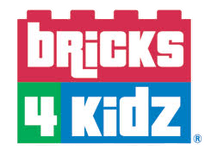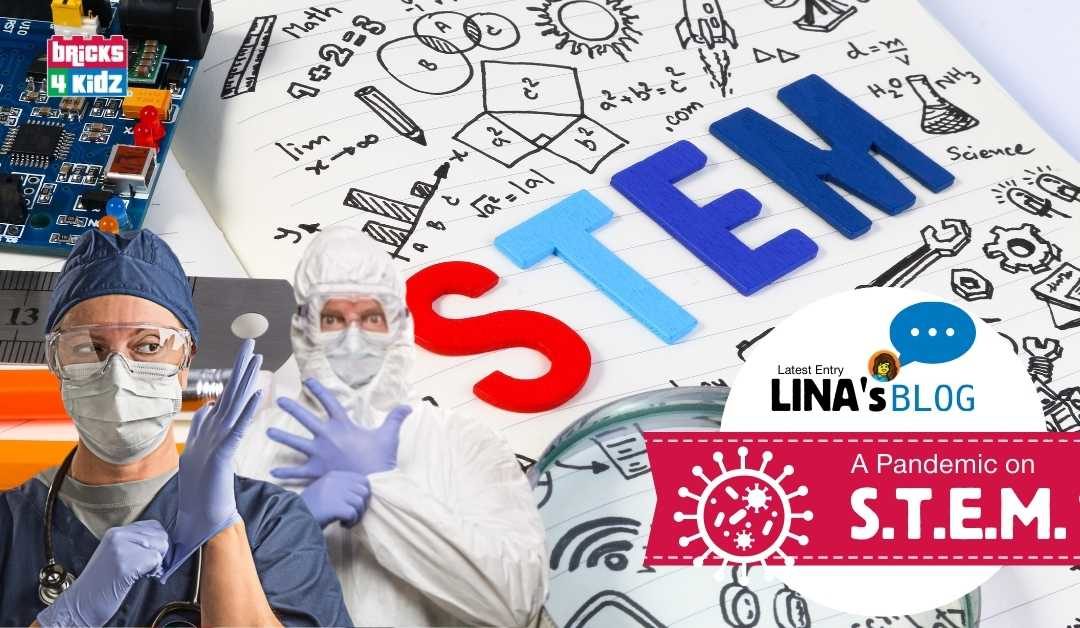 The pandemic has thrown additional challenges to STEM-based education by widening the gap and disparities between students, from all ages and grade levels interested in the fields of science, technology, engineering, and math. The new school year has started with parents, teachers, and students weighing the need and desire for in-person learning against safety and social responsibility brought by COVID-19.
The pandemic has thrown additional challenges to STEM-based education by widening the gap and disparities between students, from all ages and grade levels interested in the fields of science, technology, engineering, and math. The new school year has started with parents, teachers, and students weighing the need and desire for in-person learning against safety and social responsibility brought by COVID-19.
Challenges have arisen from all different areas and probably the most affected fields in education have to do with those that require physical lab experience which is particularly hard to replicate in front of a computer screen. Experimental learning is now falling way behind and courses, which initially were practical, are now purely theoretical causing the kids to lose interest. This loss of interest added with the already difficult challenges in terms of accessibility are deeply jeopardizing the great advances achieved in the glory days of STEM.
Even in these dire times, there’s still plenty of initiatives that are looking to bring an interest in science and experimentation to a child’s daily learning from home. Good examples like “At home with Dr. Science” which features Clinical Professor Brian Williams from Georgia State University, doing ‘at-home’ science experiments with his own children to encourage kids to keep learning with hands-on activities; are a great example of how technology is helping us to provide interesting alternatives to tackle the problem but, then again, the problem is not only about experience, is also about social disparities that are evident when kids still need a computer and internet access.
Underrepresented Students are hurt the most
The digital breach has deeply wounded the interests of those kids located in underrepresented rural and urban areas not only in the U.S. but around the globe. Not being able to access in addition to the disproportionate cases of illnesses and death among racial and ethnic minority groups, have also contributed to this impact. As Racheida Lewis, Assistant Professor of the School of Computing and Electrical Engineering, University of Georgia very well puts it: “All over social media, I have witnessed underrepresented students talk about stress as it relates to the transition to online learning – particularly stress around lack of flexibility, having to move home, the refund process, and the struggle with completing online instruction at home,”
So going back to square one, colleges, schools, libraries, and many other educational centers are still needed even to provide access to a massive library of creative and free content where kids can express themselves and even experiment with more ‘hands-on-screen’ activities, and even then, there’s no way to replicate the experiences of certain lab classes (like chemistry) which also requires a lot of expensive technical and safety equipment that is very hard to access outside of a traditional in-school lab setting.
So how can we tackle the problem today?
We need to keep our kids interested in STEM and for those of us who are fortunate enough to be able to provide our kids with the tools and Internet access, it’s crucial that we encourage our kids to continue creating and sharing content with online-friendly topics such as Computer Science and Coding. Kids need to continue learning and practicing structural thinking and we, as parents, are responsible to encourage our kids in using all the tools at disposal in the best possible way.
Little or nothing we do, when all the tools and resources exist but kids are not using them to their full potential: creating content rather than just consuming it, it’s the best way to help kids keep engaged in topics they love while also nurturing their knowledge thus allowing them to continue on the learning path. On our end, we are deeply committed to providing eLearning spaces for kids to create content based on themes and activities they love. LEGO® building and Online Gaming mixed with Computer Coding are good starting points to keep kids interested, generating content, and continue learning all at the same time. (Learn more about BRICKSandCODE.com)
Any thoughts? How can we continue to keep our kids interested in STEM-related fields in these challenging times? Comment below! 👍😄
Lina Correa
Mom & Bricks 4 Kidz Kendall Owner

